Couple invests $2.5M to name new wing of Carrier Library
‘A beacon on Grace Street hill’
JMU Headlines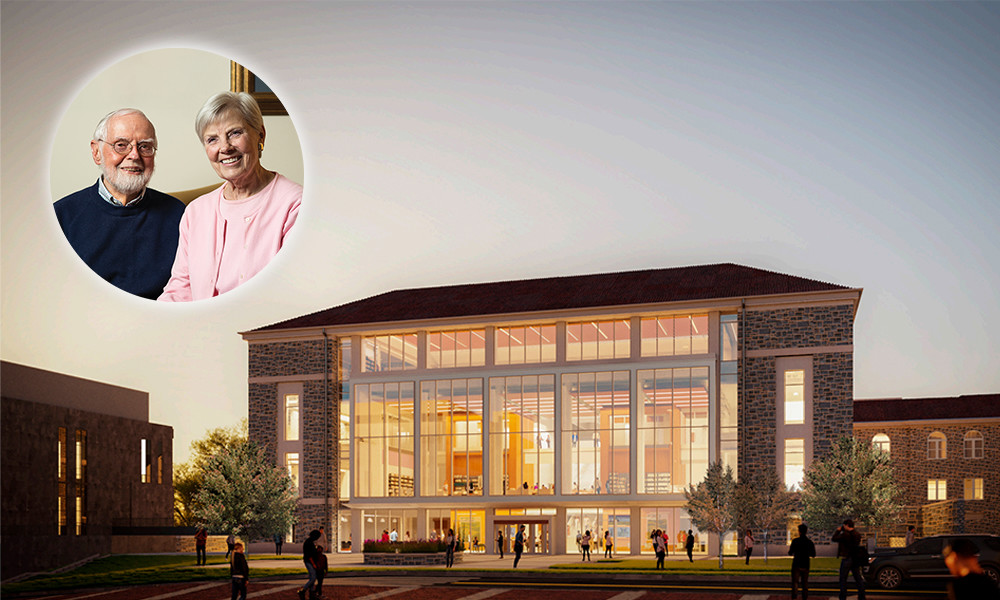
SUMMARY: Seventy years after graduating from Madison College, Stan Jones (’54) and his wife, Rosemary Hayes Jones, name the expanded wing of Carrier Library with a $2.5 million gift to the university.
Hear more episodes and subscribe to the podcast at the Being the Change podcast page.
When Stan Jones (’54) enrolled at Madison College as a day student, he walked the sidewalks of his childhood between home, work, class and back again. His daily route bypassed the campus library, which quickly became his retreat. “I would go to the library to study and just relax,” Jones said. “I’ve always been fond of libraries.”
Now Stan and Rosemary will leave their mark on campus through a $2.5 million philanthropic gift to name the new wing of the renovated and expanded Carrier Library. Bethany Nowviskie, the dean of libraries and chief academic technology officer, called the Joneses’ gift “significant and transformative.”
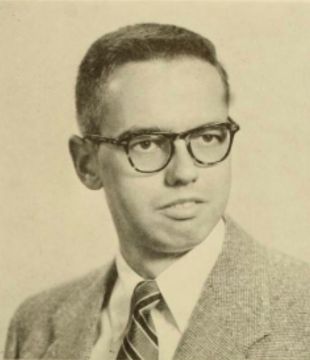
“The building that we’ve designed is meant to both harken back to the deep history of libraries — spaces for quiet contemplation of the sum total of knowledge of the past — [and] be a place for new exploration and research, a place for people to meet and come together,” she said. “[Library] spaces are where the research enterprise and the teaching and learning enterprise meet and work seamlessly together at JMU.”
In the summer of 2023, JMU embarked on the Carrier Library renovation and expansion, a transformation to the heart of campus and the student experience.
At more than 56,000 square feet, the Stan and Rosemary Jones Wing will welcome generations of future Dukes through wide, glass doors to what is ultimately becoming, according to Nowviskie, both the intellectual and literal crossroads of campus. “Clad in traditional Bluestone, the new Jones Wing will blend seamlessly with historic Carrier and be that magnificent new gateway to the Carrier Library of the future,” she said.
Stan has lived a similar evolution in his own intellectual life and career — from the traditional refuge of books and acquired knowledge from his Madison days to the unbound frontiers of technology and global discovery that Carrier Library beckons.
Bob Kolvoord, JMU’s interim provost and vice president for academic affairs, said, “I’m delighted that [the Joneses] have chosen to do this, and I think the impact is going to actually be on generations of students…. Just imagine how many thousands of students are going to study and learn in that part of the library over decades.”
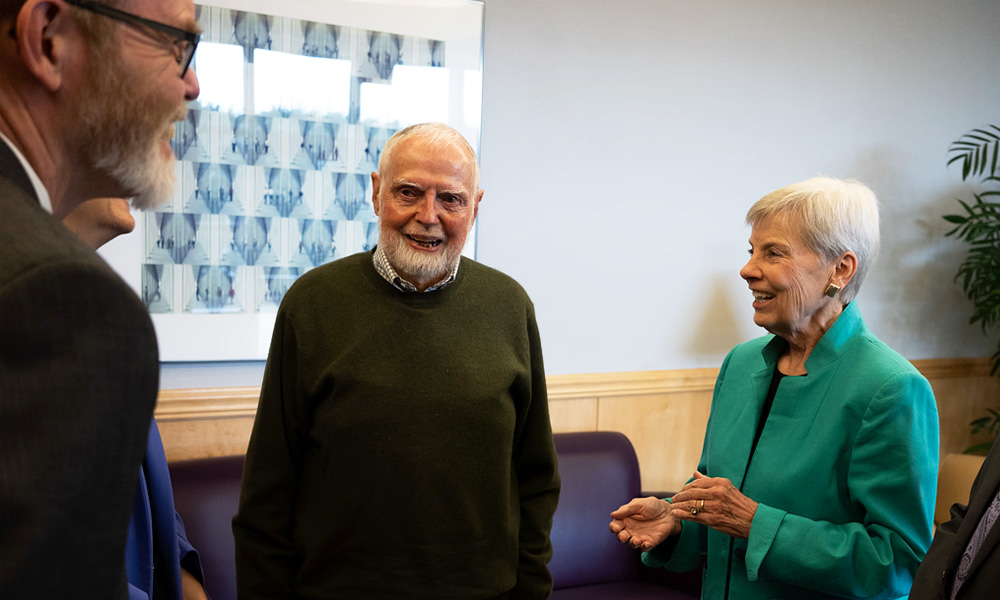
Kolvoord met the Joneses six years ago when they were exploring ways to support first-generation STEM students at JMU who, like Stan, had to work their way through college. In 2019, the Joneses gave $1.3 million to JMU for scholarships. “Stan is, at his heart, a systems analyst and engineer,” said Kolvoord, former dean of the College of Integrated Science and Engineering. “And what I’ve observed is that both of them really have an eye toward the future and wanting to help provide opportunity for students.”
A mentor’s ‘chalkdust-covered coat’
At Madison, Stan majored in physics and mathematics, served as vice president of the Curie Science Club and Delta Kappa Fraternity, and regularly appeared in The Breeze for making dean’s list. His favorite professor was J. Emmert Ikenberry, a former vice president for academic affairs, dean and math department head.
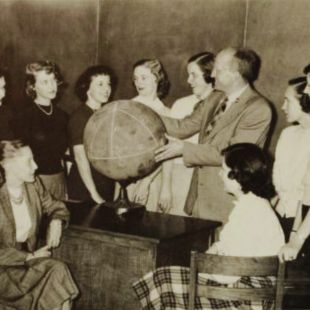
“Dr. Ikenberry in his chalkdust-covered coat was an invaluable influence on me,” Jones said. “He always had a sly smile on his face when — with great rigor — he completed a particularly interesting mathematical derivation.” Ikenberry’s approach to problem solving would prepare Stan for his graduate work at the University of Delaware.
Over the past century, Kolvoord said, these student-professor relationships have been the university’s “throughline,” even as it has evolved. “What has remained for us [at JMU] is our philosophy that we are a teaching-first institution, that we put the student at the center of what we do,” he added. “Who we are hasn’t changed, [but] how we do it changes — changes every day. It just means a different kind of door we're holding open for students.”
Dazzling new technologies
After Madison College, Stan carved out a six-decade engineering career, five of which were spent at MITRE Corp. With each passing decade, he marveled at the evolution of computational technology.
At Madison in the early 1950s, Stan had used a slide rule, a hand-operated computer for basic mathematical equations. The first computers he had used were imposing pieces of machinery stacked on racks approximately six feet high in a large room. “You programmed the computer with a deck of cards, and you’d punch the cards in a certain pattern,” he explained, “and then you would arrange to have a pickup of your program.”
“Maybe you’d get two runs a day if you were lucky…. It was a big deal to get your program to run.” When a program run was successful, the output was a printed sheet covered in numbers. Stan said that back then programs had “limited illustrative elements.” Nonetheless, “I loved it,” he said.
By the 1960s, computers were shrinking in size and increasing in visual data. “I remember the first desktop computers with processors that fit under the desk,” Jones said. “You just had nothing like what we have today.” Then, in the 1970s, Texas Instruments commercially released the first handheld calculators. “That dazzled us.”
The expanded Carrier Library will house its own dazzling technologies, including a makerspace, media production and digitization studios, and an experimental technology classroom where students can invent, imagine and learn.
“We needed to provide the space and opportunity for students to be able to not only connect with the books of the past, but with the media of the future,” Kolvoord said, “and the Carrier renovation is the throughline that's going to help us do that.”
A ‘beacon’ for every student
Nowviskie said the Joneses are opening new doors to every student at JMU to have access to the knowledge of the past and the technologies of the future. “We asked our architects to design a library that would really become a beacon on that Grace Street Hill,” she said. “A library that is visible, iconic and lit up in the evening in a way that you just can’t miss, where you can see the activity inside — that’s what they designed for us.”
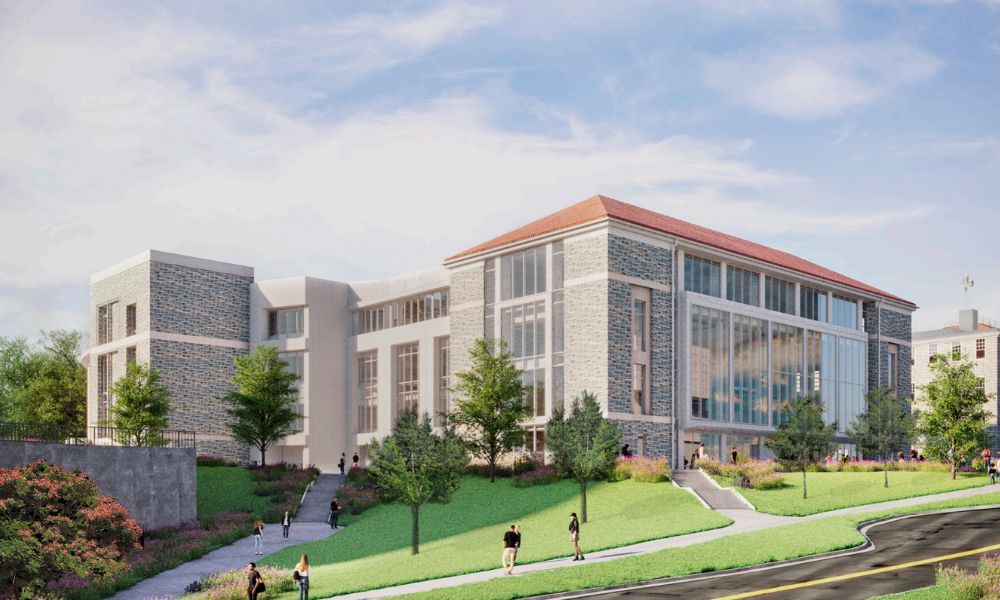
“The way that light pours into the building. It’s just this fantastic metaphor for the illumination that libraries bring to a campus,” she said.
“I think it’s a really beautiful building,” Jones said. “That was the first thing that caught my eye.”
Seven decades since Stan graduated, Madison College has evolved into James Madison University: a thriving national R-2 university that attracts students from across the nation to its student-first campus.
“A 21st-century, cutting-edge university needs a cutting-edge library,” Kolvoord said. “To expect that a university is going to stand still in time means it belongs in a museum, not as an active place for students to learn and grow and faculty to be discovering new things and advancing knowledge.”
Learning and the advancement of knowledge is something Stan knows well. It’s something the Joneses believe in.
“I hope that Stan and Rosemary will just be so proud to see their names over the door,” Nowviskie said, “and know that what they're supporting for students is the kind of library facility that JMU has long needed.”

